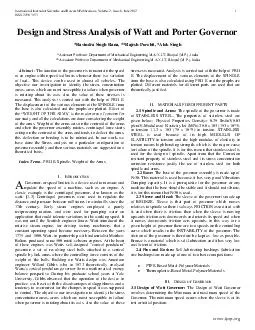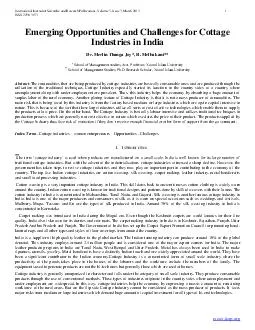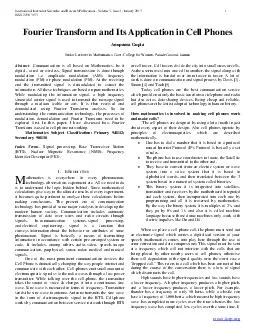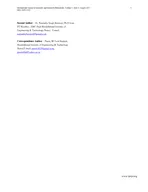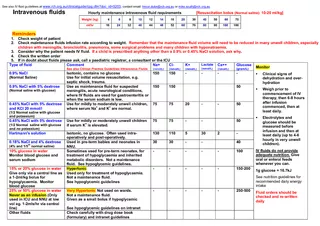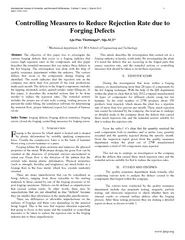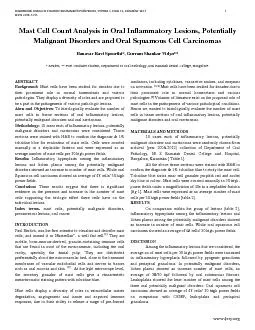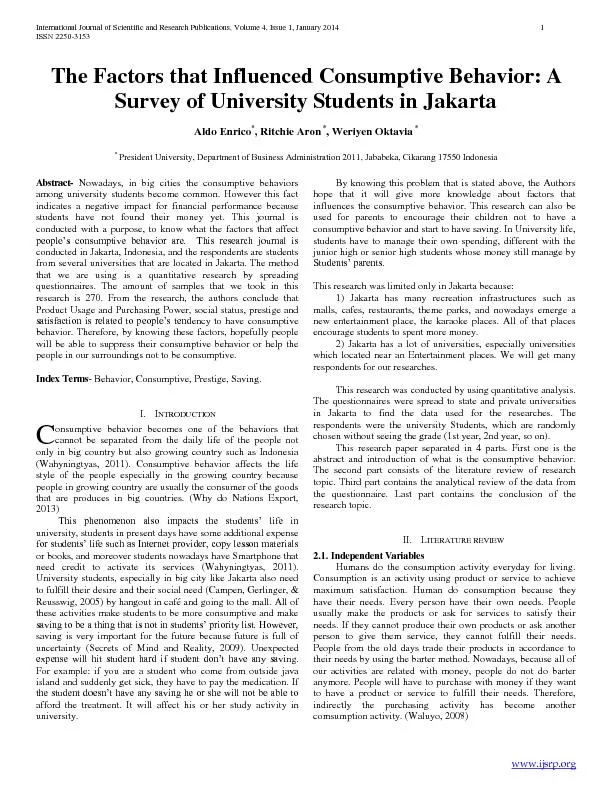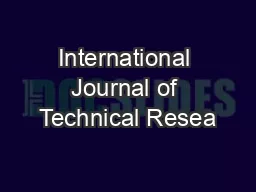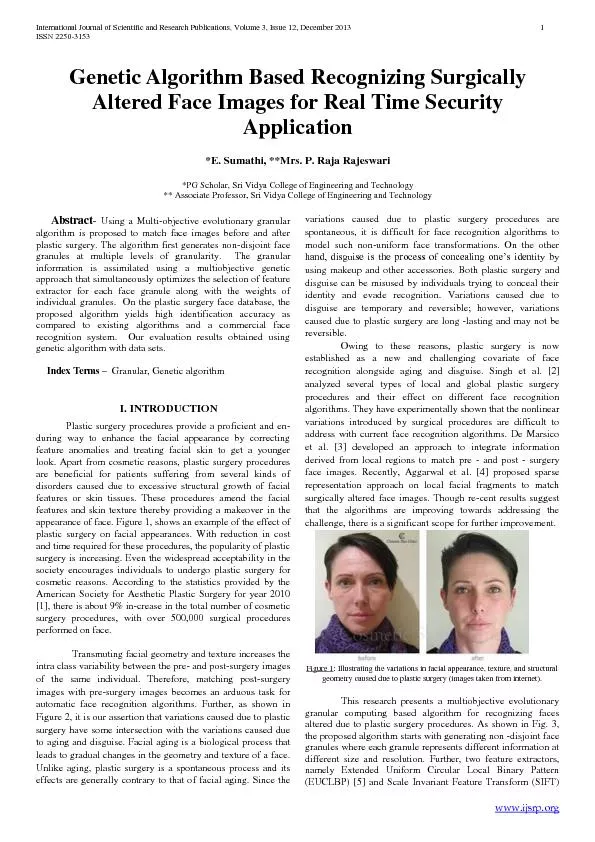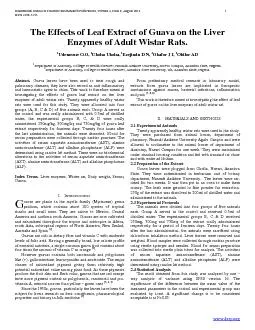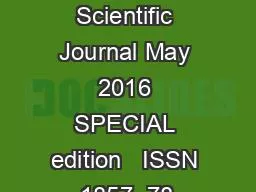PDF-International Journal of Scientific and Resea rch Publications Volume Issue June
Author : tawny-fly | Published Date : 2014-12-12
ijsrporg Design and Stress Analysis of Watt and Porter Governor Ravindra Singh Rana Rajesh Purohit Alok Singh Assistant Professor Department of M echanical Engineering
Presentation Embed Code
Download Presentation
Download Presentation The PPT/PDF document "International Journal of Scientific and ..." is the property of its rightful owner. Permission is granted to download and print the materials on this website for personal, non-commercial use only, and to display it on your personal computer provided you do not modify the materials and that you retain all copyright notices contained in the materials. By downloading content from our website, you accept the terms of this agreement.
International Journal of Scientific and Resea rch Publications Volume Issue June : Transcript
Download Rules Of Document
"International Journal of Scientific and Resea rch Publications Volume Issue June "The content belongs to its owner. You may download and print it for personal use, without modification, and keep all copyright notices. By downloading, you agree to these terms.
Related Documents

